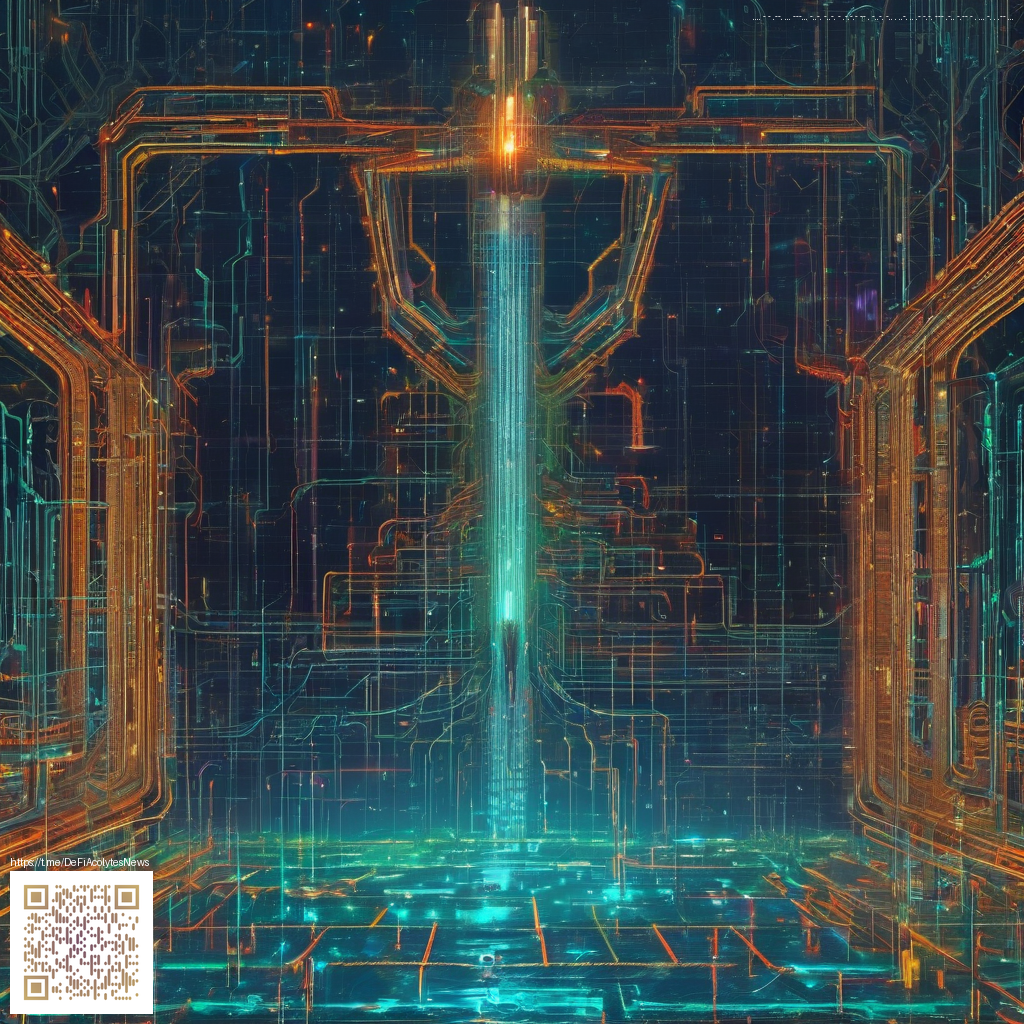
What keeps players picking up the controller again and again
The Binding of Isaac Rebirth remains a magnet for repeat playthroughs long after the first run ends. Its loop is deceptively simple: descend through procedurally generated floors, collect items that permanently alter your abilities, and survive a gauntlet of bosses with a dwindling pool of lives. Yet that simplicity belies a labyrinth of choices, risk management, and emergent strategies that change with every seed you roll. The result is a title that rewards experimentation and punishes complacency, which is exactly the fuel players crave for a long term journey in a single game.
From a gameplay perspective, the genius lies in its item ecosystem. Tears and range meet orbiting companions, transforming active and passive effects into powerful synergies. Players chase iconic combos like brimstone with formerly single-target items and watch as ordinary tears become laser-like rivers of damage. The random assortment of power-ups, combined with level layout quirks and surprise encounters, ensures that no two runs feel the same. The thrill of discovering a new synergy, or unexpectedly surviving a brutally tight moment, keeps the dopamine flowing and the fingers twitching for another run.
Character variety also matters. Each playable rogue offers a different starting kit and progression arc, shaping your risk tolerance and route planning. Some runs lean into high risk high reward builds, others favor defensive mitigation and steadfast survival. The variety encourages experimentation: swap strategies mid run, pivot when a room throws a cruel combination of enemies at you, and still find a path to victory. It is a design that invites mastery without ever demanding rote memorization.
Community insights born from shared runs and shared wisdom
The community around this era of roguelike design thrives on collaboration and shared discovery. Fans trade seed-specific discoveries, maintain evolving item guides, and build comprehensive cheat-sheets for what each combo can do. Speedrunners push the envelope with tight routing and inventive glitches that reveal the system’s deepest quirks, while newer players contribute fresh observations that help everyone understand the game’s breadth. The result is a living, breathing handbook that grows with every patch and every mod.
Modding culture amplifies this dynamic. External mods can overhaul the user interface, expand item libraries, or introduce new challenges that test your adaptability. This ecosystem turns a finite game into an endlessly evolving playground where mastery is less about memorizing a fixed route and more about evolving your toolkit to meet unpredictable circumstances. The sense that the scene is still actively shaping the game adds a social dimension that’s hard to replicate in more linear titles.
Beyond the core loop, community-driven content pushes players to rethink strategies. The presence of daily and cooperative inspired modes, optional challenges, and community-run events creates a recurring calendar of reasons to replay. Even seasoned veterans find themselves returning to test a new build, to chase a personal best, or simply to savor a vulnerability-free run that finally lands a satisfying completion.
Update coverage and the evolution of a modern roguelike
Content updates have reframed the game’s horizon without diluting its identity. Major expansions introduce new floors, items, enemies, and endings that extend the life of a run without forcing players to abandon familiar mechanics. These updates often balance new content with existing systems to preserve the game’s spirit of discovery. The result is a living arcade of possibilities rather than a static relic, inviting both long-time fans and curious newcomers to dip in and explore what’s changed since their last session. The design ethos remains clear: add depth through meaningful interactions rather than bloating the surface level stats, and trust that players will uncover the clever shortcuts and wild combos on their own.
Developer commentary echoes this approach. The design team emphasizes player agency, emergent gameplay, and a willingness to experiment with item interactions that surprise even seasoned players. The process values feedback from the community and a measured pace for introducing new content, ensuring that the game evolves while staying true to its core loop. That thoughtful balance between newness and familiarity helps explain why veterans keep returning and why streaming and content creation around the game continues to flourish. 💠
Modding culture and the endless quest for knowledge
Modding remains a cornerstone of the experience. Talented contributors produce quality mods that refine the user interface, extend the catalog of items, and even reimagine mechanics to challenge players in novel ways. This culture of tinkering mirrors the game’s own emphasis on experimentation and self-directed learning. For many fans, modifying the game is as much about personalizing the journey as it is about conquering it, turning a single cartridge or download into a long-running lab for experimentation.
The community also sustains a robust ecosystem of guides, wikis, and video explainers. The learning curve can feel steep, but the community’s willingness to break down item synergies and room-by-room tactics into digestible chunks helps newcomers level up quickly while giving veterans new angles to test. That shared knowledge, coupled with endless run variety, creates a feedback loop: better understanding leads to more daring builds, which in turn reveals even more hidden interactions to explore.
For developers and players alike, the game remains a touchstone in how compact systems can yield vast, replayable depth. The pleasure of a successful run is less about perfect execution and more about feeling that you unlocked a new path through a familiar world. That resonance is why the game still occupies a regular spot in streams, YouTube retrospectives, and community discussions year after year. 👁️
If you’re ready to dive back in, join the conversation, test fresh builds, and explore new community-made twists, the landscape is as inviting as it is unpredictable. Each run is a chance to discover something you missed before and maybe even redefine what you consider a “perfect” run.
Support the continued exploration of indie projects and the vibrant, decentralized communities that sustain them. Support on Ko-Fi to help keep independent coverage alive